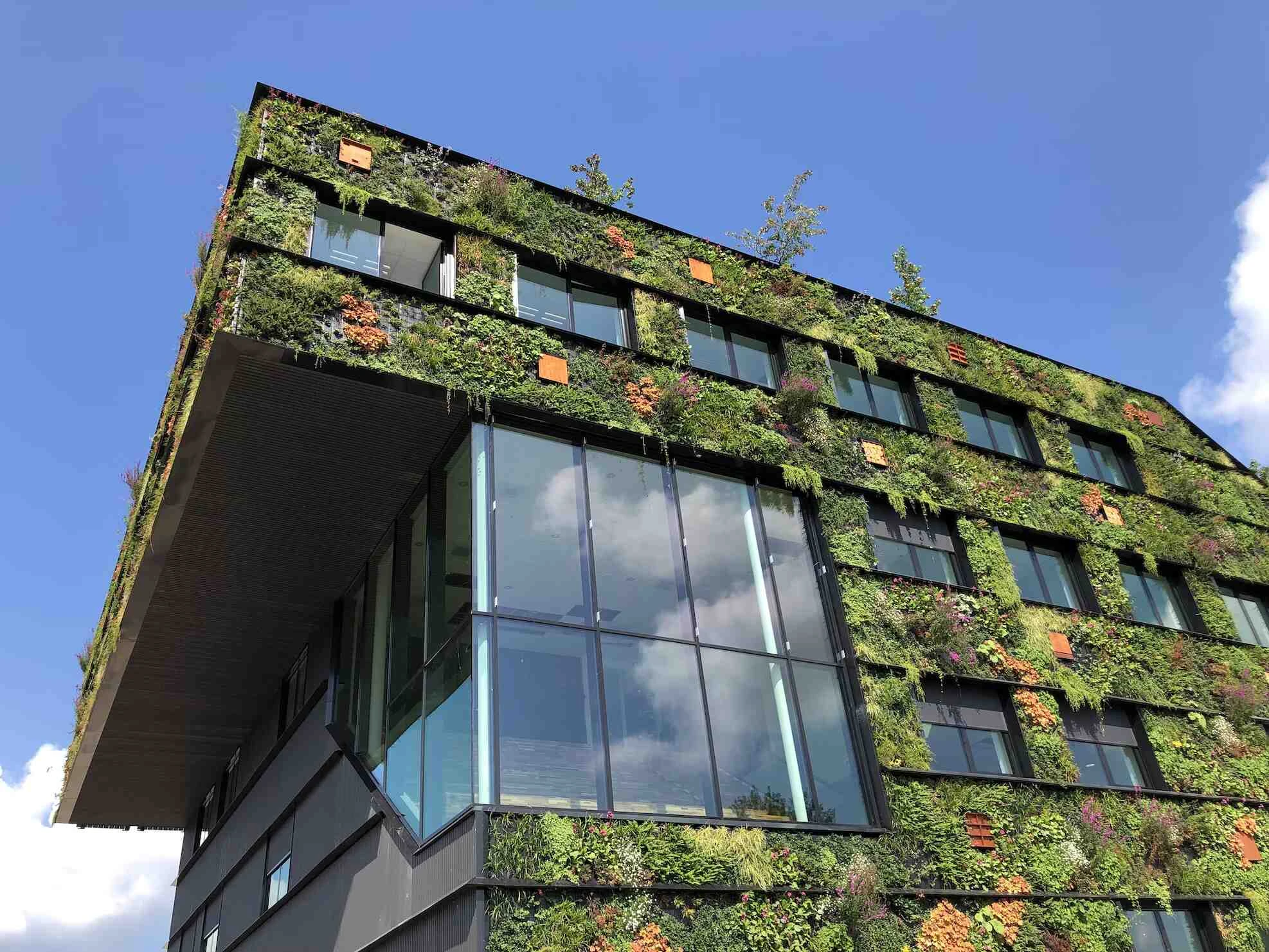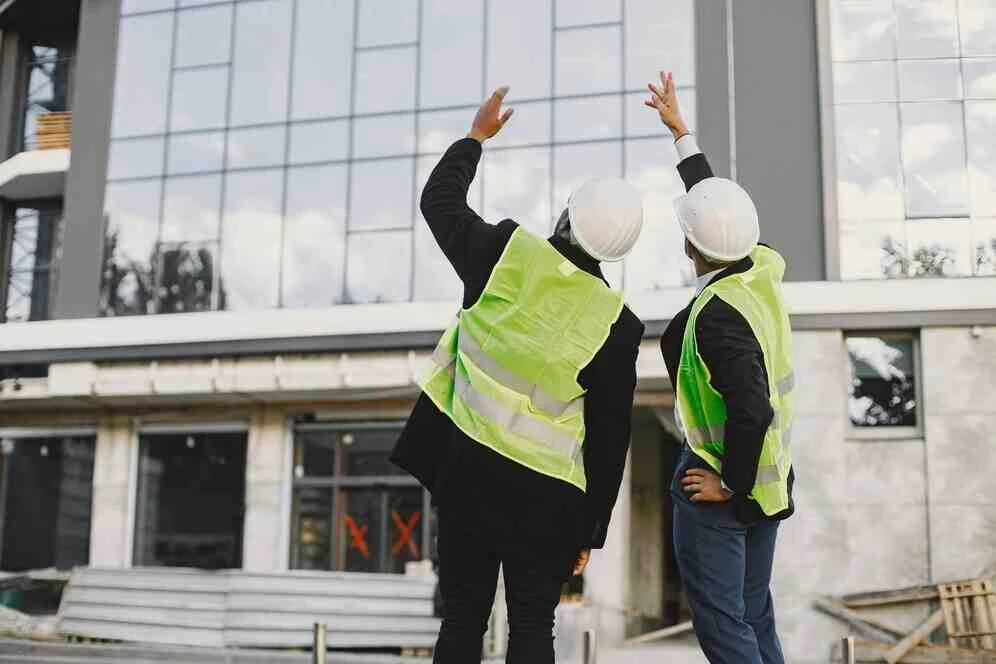
Designing with Inclusivity: Meeting the Needs of Disabled Individuals
In the field of architecture, creating spaces that are not only aesthetically pleasing but also accessible and inclusive is paramount. Architects play a crucial role in designing environments that cater to the needs of disabled individuals, ensuring that everyone can navigate and enjoy public and private spaces with ease. In this blog, we will explore essential principles and practical strategies for architects to cope with the unique needs of disabled people, fostering inclusivity in architectural design.
Understanding Diverse Disabilities
To create truly inclusive spaces, architects must first understand the diverse range of disabilities and the unique challenges each presents. Disabilities can be physical, sensory, cognitive, or a combination of these. Some disabilities are apparent, while others are hidden. It is essential to approach design with a broad perspective, taking into account the following considerations:
-
Mobility Impairments: Ensure that spaces are wheelchair-friendly, with ramps, wide doorways, and accessible bathrooms. Pay attention to the gradient of ramps and the placement of handrails for stability.
-
Visual Impairments: Incorporate tactile surfaces, contrasting colors, and Braille signage to assist individuals with visual impairments. Consider the placement of lighting to minimize glare and shadows.
-
Hearing Impairments: Provide visual and tactile cues, such as visual alarms and vibrating notification devices, to accommodate those with hearing impairments.
-
Cognitive Impairments: Create spaces with clear wayfinding, simple signage, and minimal visual and auditory distractions to support individuals with cognitive impairments.
-
Sensory Processing Disorders: Design environments with controlled sensory input, adjustable lighting, and acoustics to accommodate individuals with sensory processing disorders.
Universal Design Principles
Universal design principles promote the creation of spaces that are accessible to all individuals, regardless of their abilities. These principles include:
-
Equitable Use: Ensure that spaces and features are usable by people with diverse abilities.
-
Flexibility in Use: Design spaces that can be adapted for various needs and preferences.
-
Simple and Intuitive Use: Create environments that are easy to understand and navigate.
-
Perceptible Information: Provide information and feedback in multiple sensory modes, catering to different abilities.
-
Tolerance for Error: Design spaces that minimize hazards and the adverse consequences of accidental actions.
-
Low Physical Effort: Make it easy for individuals to use and navigate spaces with minimal physical effort.
-
Size and Space for Approach and Use: Ensure that spaces, furniture, and equipment allow for various body sizes, postures, and mobility devices.
Incorporating these universal design principles into architectural projects helps architects create spaces that are inherently accessible and welcoming to everyone.
Accessible Infrastructure and Technology
Architects should be well-versed in accessible infrastructure and technology to ensure that their designs comply with regulations and standards. This includes understanding the requirements of laws like the Americans with Disabilities Act (ADA) in the United States or similar legislation in other countries. Key considerations include:
-
Accessible Entrances: Design accessible entrances with ramps or elevators and appropriate signage.
-
Accessible Restrooms: Ensure that restrooms are equipped with accessible fixtures, grab bars, and adequate clear floor space.
-
Accessible Communication: Incorporate technologies such as video relay services and text-to-speech software to facilitate communication for individuals with disabilities.
-
Smart Home Technology: Explore smart home systems that can be customized to accommodate individual needs, such as voice-activated controls for lighting and appliances.
-
Accessible Transportation: Consider the accessibility of transportation hubs and vehicles for disabled individuals.
Collaboration and Consultation
Collaboration with disability advocates, organizations, and individuals with disabilities is invaluable in the design process. Engage in open dialogue, conduct accessibility audits, and seek input from those who will use the spaces you design. Their firsthand experiences and perspectives can provide valuable insights that inform better design decisions.
Conclusion
Creating inclusive, accessible spaces is not only a legal requirement but also a moral imperative for architects. By understanding the diverse needs of disabled individuals, applying universal design principles, staying informed about accessible infrastructure and technology, and collaborating with stakeholders, architects can play a pivotal role in fostering inclusivity in architectural design. The result is a built environment that not only accommodates but celebrates the diversity of human abilities, creating spaces that are truly for everyone.











